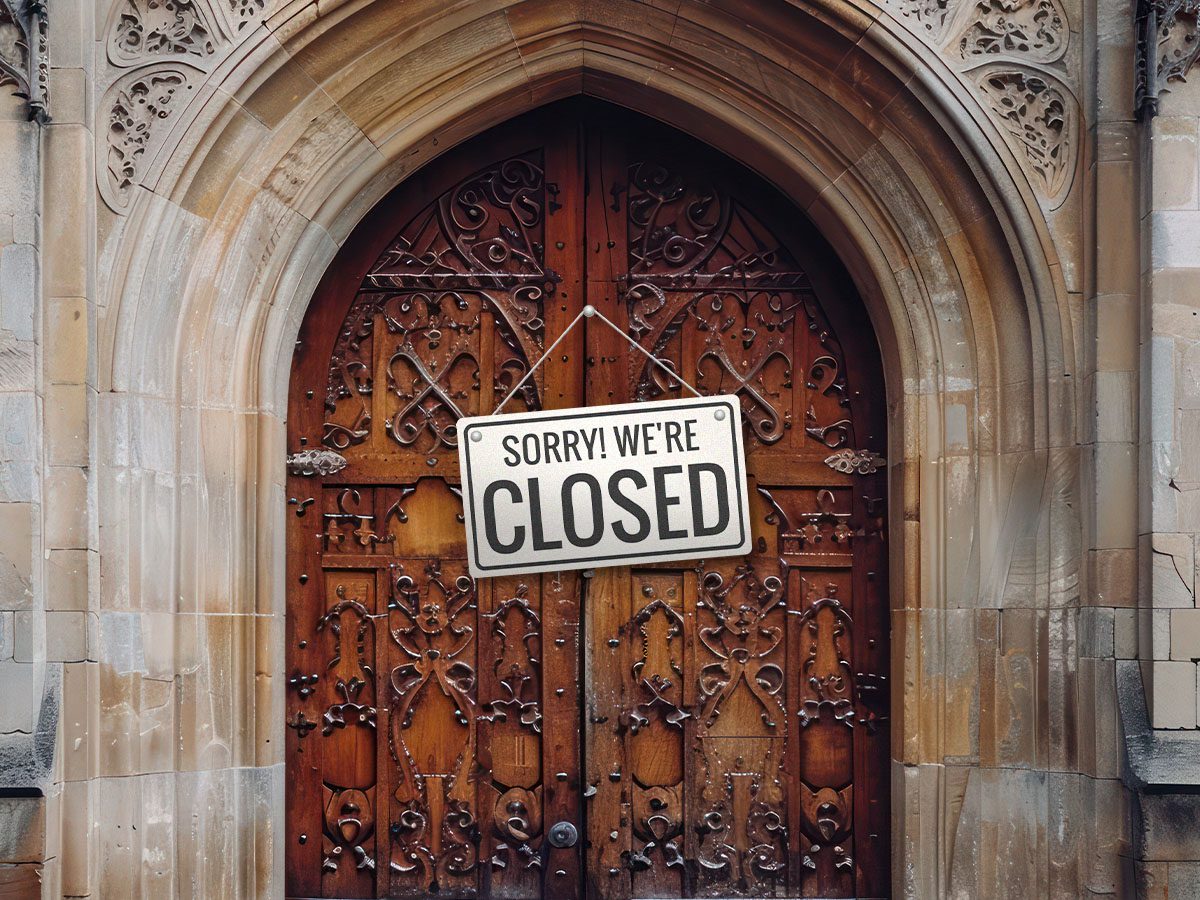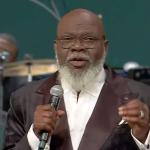
Christmastime remains one of the biggest days of the year for church attendance, but even such a spike cannot overcome the reality of increased church closings. To date, 45 percent of Americans state they are part of a church, synagogue, mosque or temple, with only 32 percent stating they attend a house of prayer. In 2019, 4500 Protestant churches closed, while only 3,000 opened, making it the first year that the number of churches being added to the country had declined. The Covid-19 pandemic further exasperated many churches’ problems, with many churches still struggling to recover congregants lost during forced shutdowns. “The closures, even for a temporary period of time, impacted a lot of churches. People breaking that habit of attending church means a lot of churches had to work hard to get people back to attending again,” said Scott McConnell, executive director at Lifeway Research. “Boomers are about 20 percent ‘nones’ and Gen Z is about 45 percent ‘nones,’ so you’re just seeing this kind of slow wave sweep across America,” said Ryan Burge author of The Nones: Where They Came From, Who They Are, and Where They Are Going. “Every year the pews are getting emptier and the collection plates getting lighter. We’re going to see thousands of churches closing in America over the next 20 or 30 years in every part of the country, in every region and every state, urban, suburban, rural.” Burge oversaw the closing of his own church in Mt. Vernon, IL this past July.
Lower attendance has required some churches to get creative with ways of keeping the doors open. For example, the First United Methodist Church in Atlanta is having affordable housing being built on its land. Having affordable housing will help the church continue to serve its community while also offering it a way of helping its revenue. Some churches in areas where real estate is in short supply can be sold for a profit, but other churches in rural or poor areas may end up sitting vacant for long periods of time.
The US’s trajectory towards dwindling church attendance follows the earlier waves that have occurred in places like Canada and the UK. “Canada, Britain, France, Australia, New Zealand, the nones rise much earlier, the wake of the 1960s the baby boom generation, this kind of big, growing separation of kind of traditional Christian moral morality,” said Stephen Bullivant, author of Nonverts: The Making of Ex-Christian America. In certain states, however, like Texas, the decline has been less pronounced, particularly since Texas was less restrictive of churches during the pandemic. John Muzyka of Church Realty said church sales in the area are down and that churches need to learn to adapt. “If the church ages and doesn’t reach young people, or the demographics change and they don’t figure out how to reach the new demographic, that church ends up closing,” said Muzyka. “Yes, there’s financial pressures that will close a church, but oftentimes, it’s more that they didn’t figure out how to change when the community changed, or they didn’t have enough young people to continue the congregation for the next generation.”


